Preoperative coordination
Date
Jan 16, 2025
Author
Rik Renard
Situation
In a busy regional hospital, preparing patients for surgery was a chaotic, error-prone process. Only 30-40% of patients arrived fully prepared on surgery day. Common issues included:
1) Patients failing to stop blood-thinning medications on time.
2) Preoperative exams being incomplete or not scheduled.
3) Anesthesiology consultations missed entirely.
This led to frequent surgery cancellations, wasted operating room time, and frustrated staff.
Complication
Despite their efforts, the hospital faced inefficiencies that compounded daily. The inability to proactively engage patients caused bottlenecks across departments. Nurses spent hours tracking down patients for incomplete forms, while anesthesiologists struggled to gather essential information, often wasting 15 minutes per patient creating reports. These delays rippled through the surgical schedule, disrupting workflows and creating unnecessary stress.
For patients, the process was equally frustrating. Missing or unclear instructions meant patients arrived unprepared, leading to anxiety and avoidable cancellations. The fragmented system not only affected individual surgeries but also created broader inefficiencies, impacting the hospital’s ability to deliver timely, effective care.
Resolution
Our customers use Awell to automate preoperative care, ensuring every step of the patient journey is handled seamlessly. Once a surgery is scheduled, the care flow starts automatically via SIU messages, keeping updates—like reschedules or cancellations—reflected in real-time. Patients receive timely communications starting 21 days before surgery, guiding them through essential tasks such as signing consent forms, filling out pre-op questionnaires, and scheduling exams.
The system adapts dynamically to patient responses. Automated reminders ensure tasks are completed, and pre-op steps adjust based on age or medical history. Once patients submit forms, care teams can review data, add notes, and specify necessary pre-op exams. All information integrates directly into the hospital’s central EMR, so teams always have instant access to the latest updates.
Patient readiness increased dramatically, jumping from 30% to over 90%, reducing last-minute cancellations and ensuring operating rooms run smoothly. Nurses reclaimed hours previously spent chasing forms and repeating instructions. Anesthesiologists saved 15 minutes per patient with integrated, streamlined workflows.
Patients now arrive prepared and confident, guided by clear and timely communication. Stress is reduced, outcomes improve, and preoperative care feels coordinated instead of chaotic.
By automating and streamlining workflows, care teams deliver better outcomes with less effort, turning fragmented processes into efficient, patient-centered operations.
Disclaimer: Each flow belongs to, and is configured by, an Awell customer. Awell supplies the underlying builder platform only; we do not provide clinical content or clinical decision-making logic.
Back





















